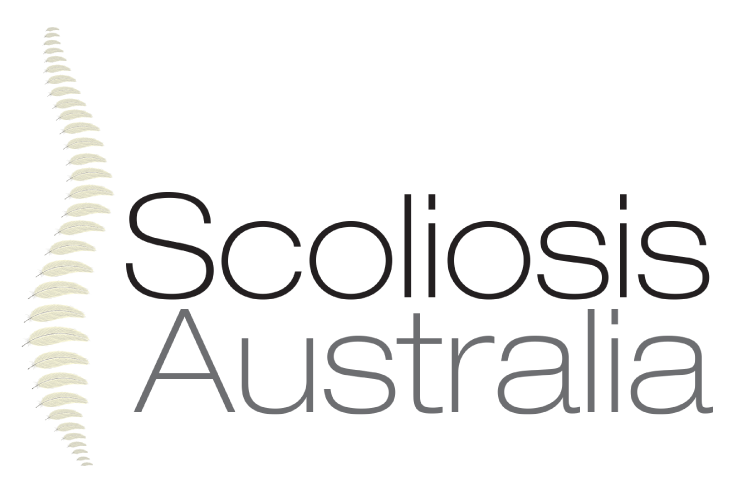The National Scoliosis Detection Program
The past several decades have seen major advances in the management of spinal deformity generally and of adolescent idiopathic scoliosis (AIS) in particular. It is now well established that early detection of AIS, and treatment where indicated, result in better outcomes. This is the basis of screening adolescent girls for scoliosis because in the early stages of curve development the girls have no symptoms.
The screening of schoolgirls commenced in many countries world-wide in the 70s, but there was considerable debate about the cost effectiveness of the programs. Apart from the high cost factor, there were no data to clearly establish the efficacy of brace treatment. This was later demonstrated in a suitably designed international clinical trial.
School screening was introduced sporadically in Australia and to a variable extent in most states and territories. By the early 90s the high cost factor led to the abandonment of most programs in government schools and a new strategy was needed. The Spine Society of Australia introduced The National Scoliosis Detection Program . This entails the distribution of a simple Fact Sheet for the target age group, 10-12 years of age. This describes the outward signs of scoliosis and how to perform the a forward bend test. If, after reading the Fact Sheet, a girl or her parents think she may have a curvature then follow-up with the family doctor is recommended.
An educational program on scoliosis for general practitioners was introduced via The Australian Family Physician and is available on this website. This is complemented by an educational program for radiologists, also available on this website.The specific aims of the latter program are to keep radiation exposure to a minimum when x-rays are required for assessment and to standardize reporting to assist family doctors in managing small curves (<20°) and making decisions on specialist referral.
The program is endorsed by the Paediatrics and Child Health Division of the Royal Australasian College of Physicians.
Each Spring, all government and non-government school Principals can download the Scoliosis Detection Fact Sheet from the website and distribute it to girls in Years 5 and 7 (10 and 12 years of age in most states and territories). This is the age range when scoliosis first appears.
The optimum time for the detection of scoliosis is just after the onset of the adolescent growth spurt and this corresponds to the ages of 10-12 years for most girls. No case has ever been made for the routine screening of boys for scoliosis unless there is a family history.
In summary, self-detection is the way for the future. School screening, when properly conducted, is an effective method for detection but the cost of a national program has proved prohibitive. On the positive side, self-detection places more responsibility on the individual girl for her own health. This is regarded as a good move as it is for so many areas of health these days.
